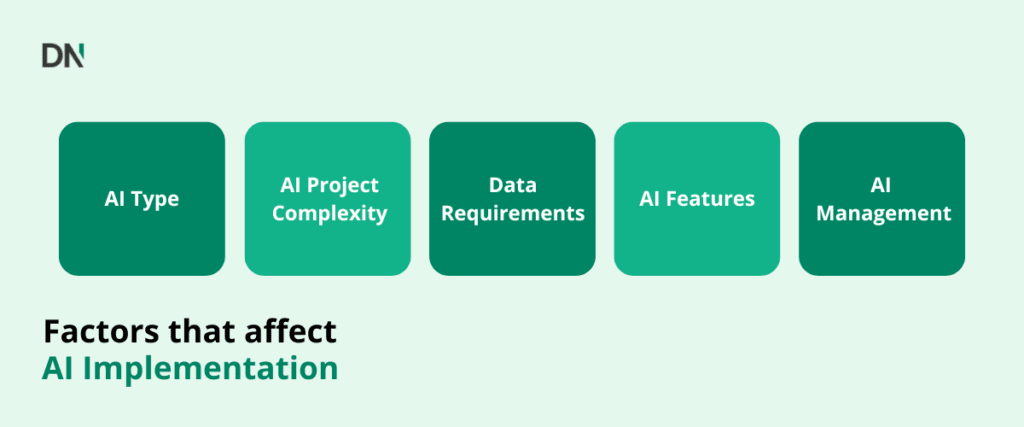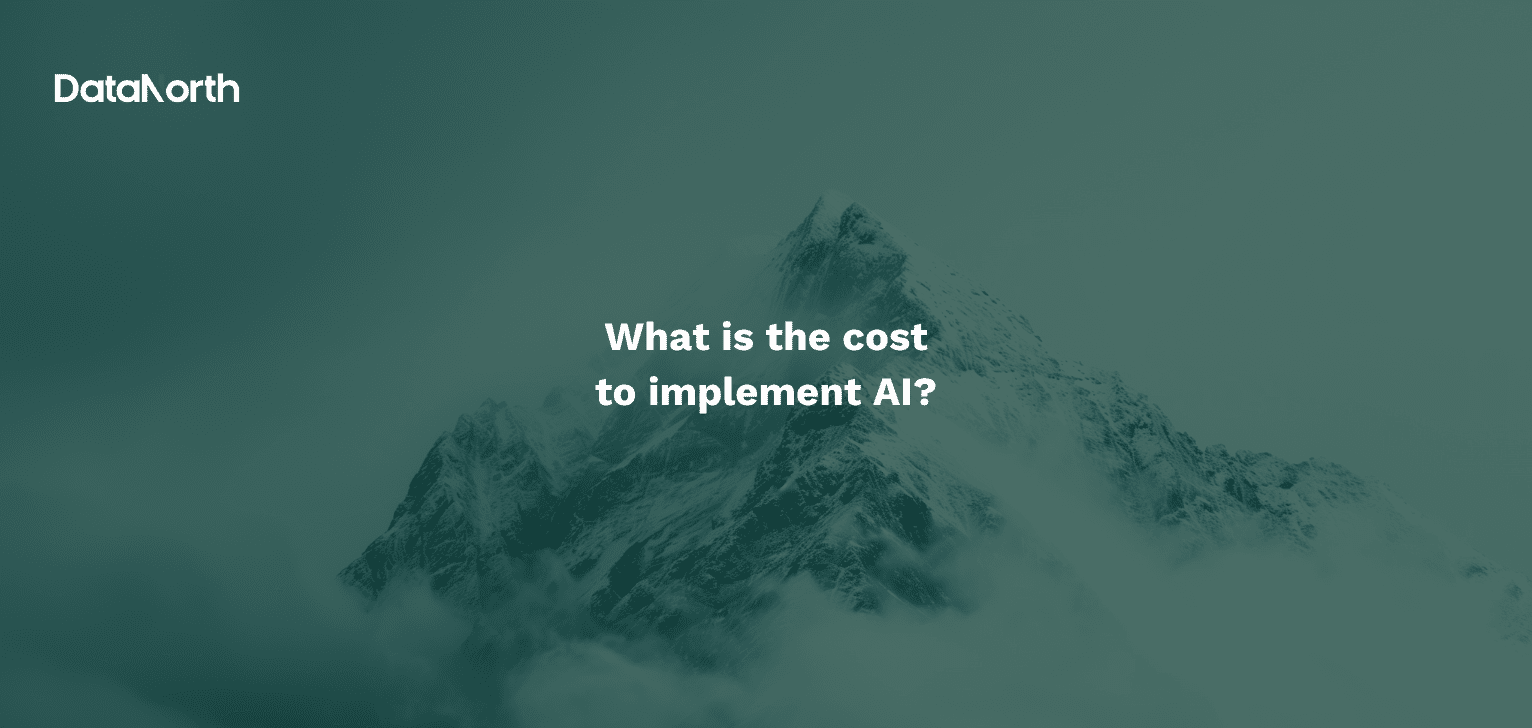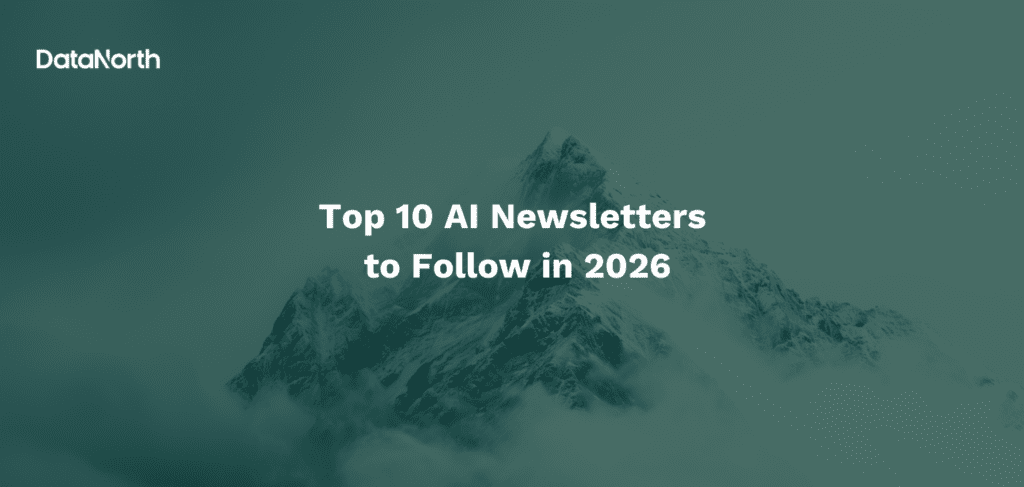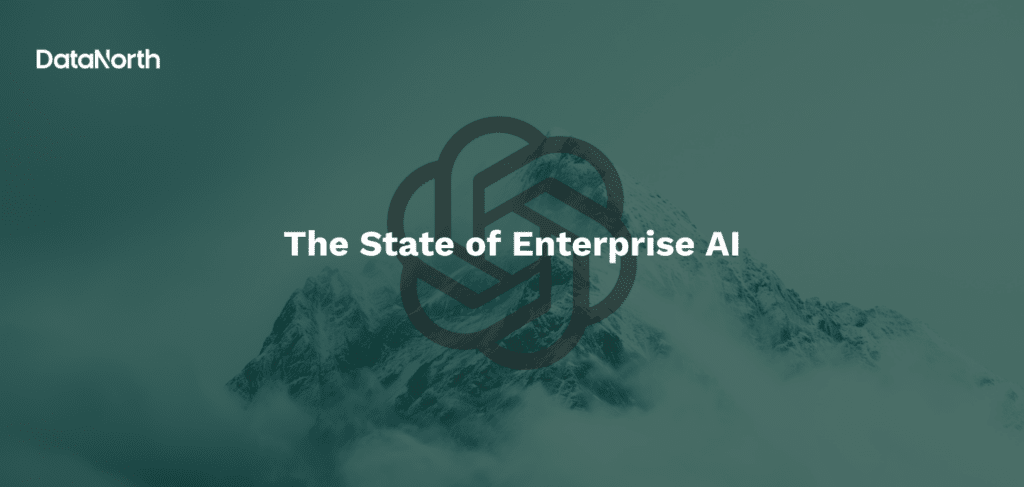What is the cost to implement AI?
Many business leaders are excited about the transformative potential of Artificial intelligence, yet a common question that arises is “what does it cost to implement AI?”. This is rarely a simple, fixed number. Instead, AI implementation should be viewed as a strategic investment with multiple moving parts, much like expanding business operations or developing a product line.
AI should be considered not just an expense, but a critical investment designed to yield significant returns in efficiency, innovation and competitive advantage. Understanding the various cost factors involved is crucial for effective planning and for unlocking the full, long term value that AI can bring to an organisation. This article aims to explain these financial aspects, making them clear and accessible for any business considering its first steps into the AI arena.
What makes AI cost vary?
The overall cost of implementing AI is influenced by several core factors. These are fundamental to determine the scale and nature of the financial commitment required.
1. Complexity levels
The complexity of the AI system envisioned is arguably the most significant determinant of cost. A straightforward AI solution, such as a basic chatbot designed for simple customer queries, will naturally require a much smaller investment compared to a highly complex system. The more features required, the higher the accuracy demands and the deeper the integration with existing systems, the greater the financial commitment will be.
2. Data requirements
High quality, relevant data is the essence of AI. The cost associated with data extends far beyond mere acquisition, since they encompass the extensive processes of making that data usable for AI models. This includes data collection, rigorous cleaning, precise leabelling and efficient storage. If existing data infrastructure is messy, unstructured or insufficient, these steps can consume a substantial portion of the overall AI budget.
3. Infrastructure and tools
AI models (especially the complex ones) demand substantial computational power for training, deployment and ongoing operation. This translates into significant investments in the right hardware and software, whether an organization chooses to build its own on premise setup or leverage scalable cloud services.
4. Talent and expertise
Developing, implementing and managing AI solutions requires a highly specialized skill set. Roles such as data scientists, machine learning engineers and AI developers are intensely competitive, making talent acquisition a significant and ongoing cost factor.
5. Integrating the AI
AI solutions rarely operate in isolation within a business. Seamlessly integrating new AI systems with existing business processes, software applications and data infrastructure is a complex but vital step. This often involves addressing compatibility issues, developing custom APIs and in some cases, undertaking significant overhauls of parts of the current IT environment.

What is the hidden cost of AI implementations?
While the initial development budget captures the immediate expenses, many significant costs in AI implementation emerge after the initial deployment. These “ hidden” costs are often overlooked in preliminary planning but can substantially impact the overall budget and return on investment if not anticipated.
1. Maintenance
Unlike traditional software that might require periodic updates, AI models require continuous monitoring, fine tuning and frequent retraining to maintain accuracy and performance. This is essential because data patterns evolve and business needs constantly change. Neglecting this will inevitably lead to degraded performance and wanted initial investment.
2. Data integrity and security
Beyond the initial data preparation, maintaining the ongoing quality of data, ensuring its privacy and implementing robust security measures are continuous and often underestimated endeavours. Poor data quality can lead directly to inaccurate AI output, affect user trust and even expose a business to significant regulatory penalties.
3. Training your employees
Even the most sophisticated AI tools fail to deliver their full potential if employees are not equipped to use them effectively. This often necessitates specialized training programs designed to help teams understand how to interact with AI systems, interpret their outputs and seamlessly integrate AI driven insights into their daily workflows and decision making processes.
Strategies to start implementing AI
By strategically managing cost and focusing on long term value, businesses can actually take advantage of AI.
1. Start small and scale gradually
Don’t try to do everything at once. Begin with a simple AI project to test the waters and see what works. Once you know it’s valuable, you can gradually expand. This saves you money and helps you learn as you go.
2. Leverage open source and prebuilt solutions
Instead of building every AI tool from scratch, use what’s already out there. There are many free, open-source AI tools or pre-made AI solutions you can use, which can save you a lot of time and money.
3. Prioritize data quality and governance
AI relies on good data. So, it’s super important to make sure your data is clean and well-organized from the start. This prevents mistakes and problems later on, which can be expensive to fix. Think of it like cooking: if you start with fresh ingredients, your meal will be much better.
4. Optimize infrastructure utilization
If you’re using cloud services for your AI, there are ways to save money on those resources. This includes using “spot instances” (cheaper, but sometimes interrupted computing power), automatically adjusting your computing power as needed, and getting discounts for using a lot of services. If you’re running AI on your own computers, make sure your powerful graphics processing units (GPUs) are being used efficiently.
5. Train your team
AI is only as good as the people using it. Make sure your employees are trained and understand how to work with AI systems. This also involves preparing your organization for the changes that AI will bring.
6. Be flexible
Use an agile approach to developing AI. This means working in small cycles, getting feedback often, and making adjustments as you go. This helps your AI stay relevant and effective as your business needs change.
Maximizing your AI investment: Strategies for success
Implementing AI is a significant undertaking, but by strategically managing costs and focusing on long-term value, businesses can unlock its full potential. Several key strategies can help optimize the AI investment:
- Start small and scale gradually: As discussed, beginning with a Minimum Viable Product (MVP) allows for testing, validation, and demonstrating value before committing to larger, more complex deployments. This phased approach minimizes initial risk and helps refine objectives based on real-world feedback.
- Leverage open-source and pre-built solutions: Utilizing open-source AI models and frameworks, or pre-trained models and APIs, can significantly reduce development costs and accelerate time to market compared to building everything from scratch.
- Prioritize data quality and governance: Investing upfront in data cleaning, validation, and establishing robust data governance policies can prevent costly rework, inaccurate outputs, and compliance issues down the line. The “clean-as-you-go” approach can be particularly effective here.
- Optimize infrastructure utilization: For cloud-based deployments, strategies like using spot instances, implementing autoscaling, and negotiating volume discounts can lead to substantial savings on computational resources. For on-premise, careful planning to ensure high GPU utilization is key.
- Invest in workforce training and change management: Equipping employees with the skills and understanding to interact with AI systems is crucial for adoption and for realizing the full benefits. Proactive change management addresses the organizational shifts required for successful AI integration.
- Adopt agile methodologies: An iterative development approach with continuous feedback loops helps keep AI models relevant, accurate, and aligned with evolving business needs, preventing costly deviations and ensuring ongoing optimization.
Final thoughts
The true value of AI implementation often extends beyond tangible cost savings or increased revenue. It includes intangible benefits such as improved customer satisfaction, enhanced employee productivity, better decision-making capabilities, and a stronger competitive position. These broader impacts, while harder to quantify, are crucial for long-term business success and represent a holistic view of AI’s return on investment. Organizations that embrace AI strategically, focusing on both direct financial gains and these wider benefits, are better positioned to thrive in an increasingly AI-driven world.
If you are looking to embark on your journey and want to ensure a cost effective and successful implementation, remember that expert guidance can make all the difference.
At DataNorth AI we try to make the cost of AI as transparent as possible. When it comes to an AI workshop, AI demo or AI webinar we simply give you the costs for the various packages.
As for custom AI development this does gets somewhat more difficult. Which is why we choose to give you the cost per hour, and our most accurate estimate of the amount of hours. This transparency keeps it fair for all parties involved. Interested in one of our services?






